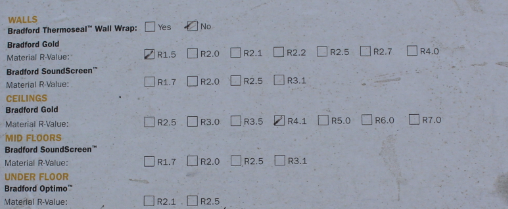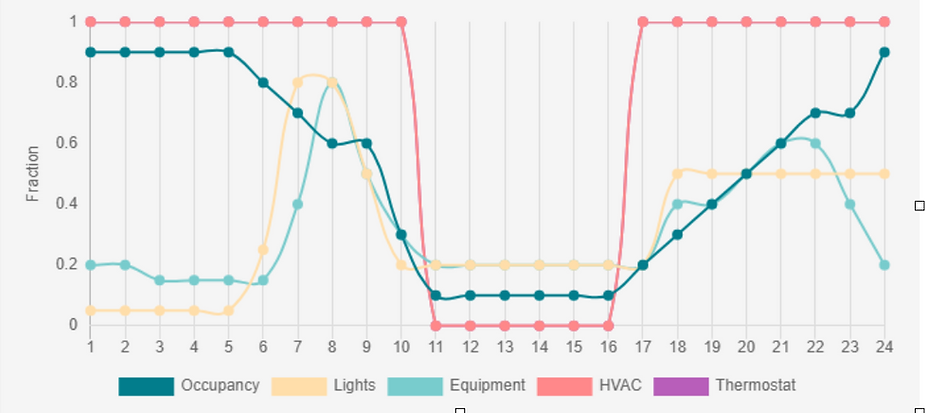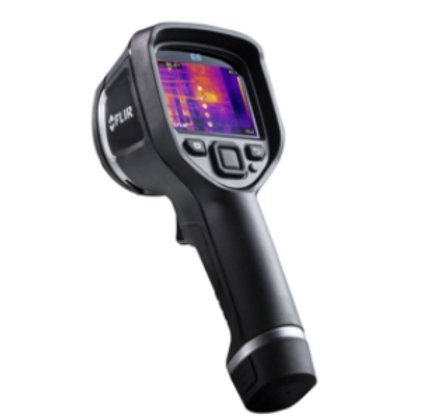Thermal Performance Assessors, Private Certifiers and Council Building Inspectors.
As a Thermal Energy Assessor and Building Defect Inspector find that I am in a unique position to be able to understand the requirements of a NatHERS certificate and BASIX certificate.
On some recent inspections of properties, that have had a final inspection for Occupation, I have found that critical elements of compliance have been overlooked. When running a NatHERS assessment of the installed insulation and windows compared to the specified items of the BASIX report, it was found that the heating and cooling load limits had not been met and greatly reduced.
Some of the issues we find are;
- BASIX requirements state that garage windows should not be included in a BASIX assessment.
- BASIX also requires that any window specified apart from aluminium frame with single glazed clear glass, aluminium frame with double glazed (air-filled) clear glass, timber/uPVC/fibreglass frame with single glazed clear glass, timber/uPVC/fibreglass frame with double glazed (air-filled) clear glass does not need to be verified by the window manufacturer as meeting the U and SHGC values.
Read More.
- Subfloor insulation.
- NCC Part 3.12.1 requires a thermal break to be installed where the cladding is directly fixed to a metal frame of not less than R0.2 This is generally a 12mm rigid foam material or a 20mm timber batten. An example of this is the thermal break tape from Fletcher Insulation.

On one new dwelling the BASIX certificate required single glazed clear window to be installed, and a total wall system for a fibro clad wall of min R2.4.
To achieve this, a total wall value of R2.0 insulation was required.
Located in the meter board on this dwelling, certification of R1.5 wall batts installed by the contractor was clearly evident. The dwelling had installed 4mm ply strips as the thermal break and grey glass installed.

We identified that a large sliding door was also included in the BASIX window schedule to the garage and specifically calculated to offset losses in heating and cooling loads. This was inappropriate as the garage had uninsulated panel lift doors.
The dwelling was constructed in a moderate climate zone.
When calculated the ability to contain heat and cool was greatly reduced. The ability to allow natural heating from the sun was also reduced due to the grey glazing. The overall rating of the dwelling nearly halved in its thermal performance.
Here is where the issue lies.
BASIX has no auditing process and is left (to my knowledge) to the certifying authority confirm the correctness of the certificate and execution of the work.
The BASIX system is built to be user friendly and allows anyone to issue a certificate despite any previous experience or training in thermal energy assessments.
The NCC Part J and 3.12 is design to reduce carbon emissions by enabling dwellings to achieve a better thermal comfort level. It seems that more is required to ensure that an appropriate auditing system is established for BASIX and certified assessors are carrying out spot checks during the construction of dwellings, especially with the project home building industry.
The home owner is left with higher energy bills for the life span of the dwelling and an uncomfortable dwelling to live in.
Please let us know what system you feel could be proposed to allow for compliance and auditing to be effective.







